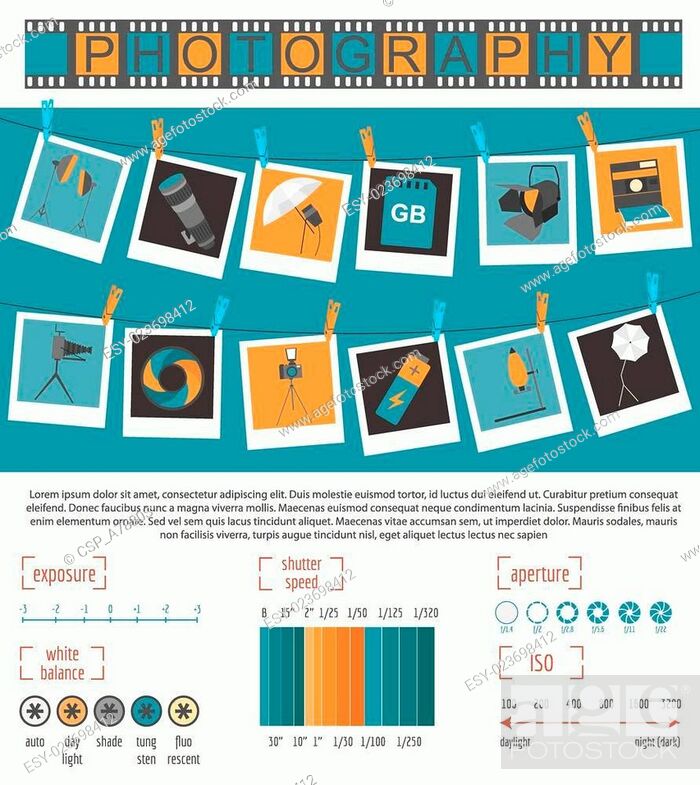Photography Tips For Beginners: Grasping Your Electronic Camera In No Time At All
Photography Tips For Beginners: Grasping Your Electronic Camera In No Time At All
Blog Article
Short Article Produced By-Christian Odgaard
When you first grab your video camera, it can really feel frustrating with all the setups and choices available. You might find yourself asking yourself exactly how to browse aperture, shutter rate, and ISO efficiently. Understanding these basics is critical, yet there's even more to photography than just technical knowledge. Understanding structure techniques and lights conditions can boost your images considerably. So, what if you could find out easy approaches to enhance your skills and begin catching impressive images faster than you think? Allow's discover how to change your digital photography journey.
Recognizing Video Camera Settings
Comprehending your electronic camera setups is crucial for capturing sensational images. When you grab your camera, acquaint on your own with the 3 major settings: aperture, shutter rate, and ISO. Each plays a crucial duty in how your pictures end up.
Beginning with aperture, which regulates the amount of light getting in the lens. A larger aperture (reduced f-number) allows much more light and produces a stunning history blur, best for pictures. On the other hand, a narrower aperture (higher f-number) keeps more of the scene in emphasis, ideal for landscapes.
Next, focus on shutter rate. This setting identifies how much time your electronic camera's sensing unit is revealed to light. A rapid shutter speed ices up movement, which is wonderful for activity shots, while a sluggish shutter speed can develop stunning effects like smooth water in landscapes.
Finally, adjust visit the following internet page . This setup affects your electronic camera's level of sensitivity to light. A higher ISO works in low-light scenarios however can introduce noise or grain. Aim for the lowest ISO possible while still achieving correct direct exposure.
Structure Methods
When you're out shooting, composition can make all the difference in how your photos resonate with viewers. Begin by utilizing the policy of thirds; imagine your framework separated right into nine equal areas with two horizontal and two vertical lines. Placement key elements along these lines or at their intersections to develop equilibrium and passion.
Next, consider leading lines. These natural lines in your scene, like roads or rivers, draw the visitor's eye into the photo, assisting them with the story you're telling.
Do not forget framing; usage aspects within your scene, like trees or home windows, to produce a frame around your topic, adding depth and emphasis.
Additionally, watch on your background. A cluttered background can distract from your major subject, while a straightforward one aids it stand out.
Finally, experiment with symmetry and patterns; they can create a striking image that catches focus.
Learning Lighting Issues
Mastering illumination conditions is essential for recording spectacular pictures, as the ideal light can transform a regular scene into something remarkable.
Beginning by observing natural light at various times of the day. Mornings and late afternoons offer the best light, known as the golden hour. The soft, cozy tones during these times can improve your photos magnificently.
Do not shy away from cloudy days either; diffused light can minimize extreme shadows and produce a pleasing impact, especially for pictures.
Trying out backlighting by placing your topic versus the light. This strategy can create a dreamy halo effect and include depth to your images.
Take notice of your video camera setups as well. Adjust the ISO, aperture, and shutter speed to suit the lighting problems. A higher ISO can help in low light, but be cautious of grain.
Make use of a tripod in darker atmospheres to prevent blur.
Finally, don't neglect artificial illumination. Flash and continual lights can be excellent tools for managing light in challenging conditions.
https://postheaven.net/elmer12tanna/how-to-select-the-right-video-camera-for-your-digital-photography-needs
To conclude, grasping your electronic camera doesn't have to be overwhelming. By understanding your settings, using structure methods, and using the power of all-natural light, you'll swiftly raise your digital photography skills. Keep in mind, exercise makes ideal, so go out there and experiment with your newfound knowledge. With time and commitment, you'll be capturing sensational images that show your one-of-a-kind point of view. Delight in the journey, and don't forget to have a good time while you're at it!
